Singapore's Hungry Ghost Festival, Street Eats and Insane Art Parties
Most Singapore Night Festival events are free to the public.
Culture and traditions—both new and old—light up the Lion City
There are few places in the world where you can walk past a Jewish Synagogue, Catholic church, Hindu temple and Chinese temple all on the same street, but Singapore is not like most places. The only island city-state on the globe, Singapore is a melting pot of different cultures (English, Malay, Mandarin and Tamil are official languages) and traditions that span centuries.
The question has been raised time and time again: “Can’t we all just get along?” In Singapore, the answer is “Yes.”
Last month, I headed to the Lion City for a bit of cultural immersion, timing my visit with the Hungry Ghost Festival, hitting its famous Hawker Centres for street eats and staying near Little India and the Arab Quarter. In the following video, spend a day with me as I take over Tastemade’s Snapchat account and discover the region’s cuisine as well as the intricacies of the Hungry Ghost Festival.
Much like Mexican holiday Dia de los Muertos, the Chinese believe that the souls of the dead are able to freely roam the earth for a short period of time. This means that during the seventh month of the lunar calendar, all hell breaks loose, quite literally. The living have to be extra careful not to upset the mischievous ghosts and thus give them all sorts of offerings, from fresh-baked buns to children’s toys. During this period, locals also tend to avoid making important decisions, such as changing jobs or moving houses. Believers are also extremely jumpy and superstitious, avoiding things that might bring them bad luck (swimming, walking near walks, stepping on offerings for the Hungry Ghost).
The Buddhist and Taoist have their own versions of the festival, and I was lucky enough to witness some of their rituals. At the Buddha Tooth Relic Temple & Museum in Chinatown, worshippers gathered for a special service and purification ritual, culminating with burning paper tablets for their deceased loved ones. In the industrial areas of the city, Taoist factory owners hosted lavish dinners, auctions and live entertainment — with everything from puppet shows to Chinese opera.
Puppet shows and opera not really your thing? Serendipitously, the Singapore Night Festival was also in full swing. The façades of buildings, such as the National Museum of Singapore, became canvases for light and music shows. Bizarre performance art and acrobatics confounded onlookers — and one installation, made entirely of chocolate in multiple shades of blue — seemed like some sort of Willie Wonka psychedelic fantasy. Next year, the Singapore Night Festival will be celebrating its 10th anniversary on Aug. 19, 20, 26, 27. Expect eccentric performances and unusual installations that appeal to all creatures of the night (ghosts included).
Where to Stay
Nestled between Little India and the Arab Quarter, Hotel Vagabond is a 41-room boutique property designed to immerse guests in the theater of art, food, drink and conversation. The hotel is decked out with a dizzying collection of commissioned artwork and reproductions from international artists — including a striking solid brass rhino as a reception desk. Perhaps the biggest standout of Hotel Vagabond is its Artist in Residence program. DJs, mixologists, performance artists and filmmakers stay at the hotel while working on projects and converse with guests during Hotel Vagabond’s complementary high tea service.
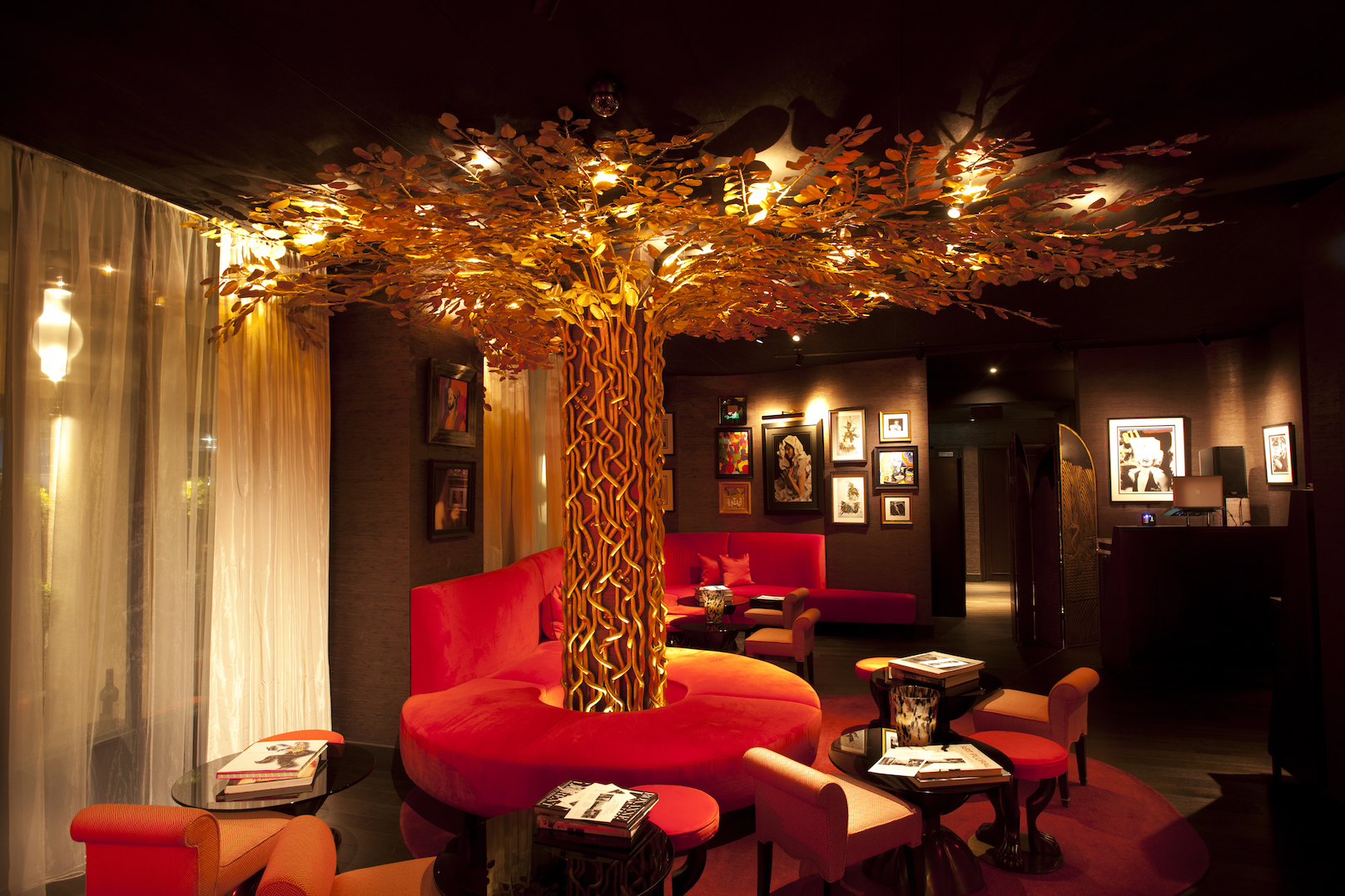
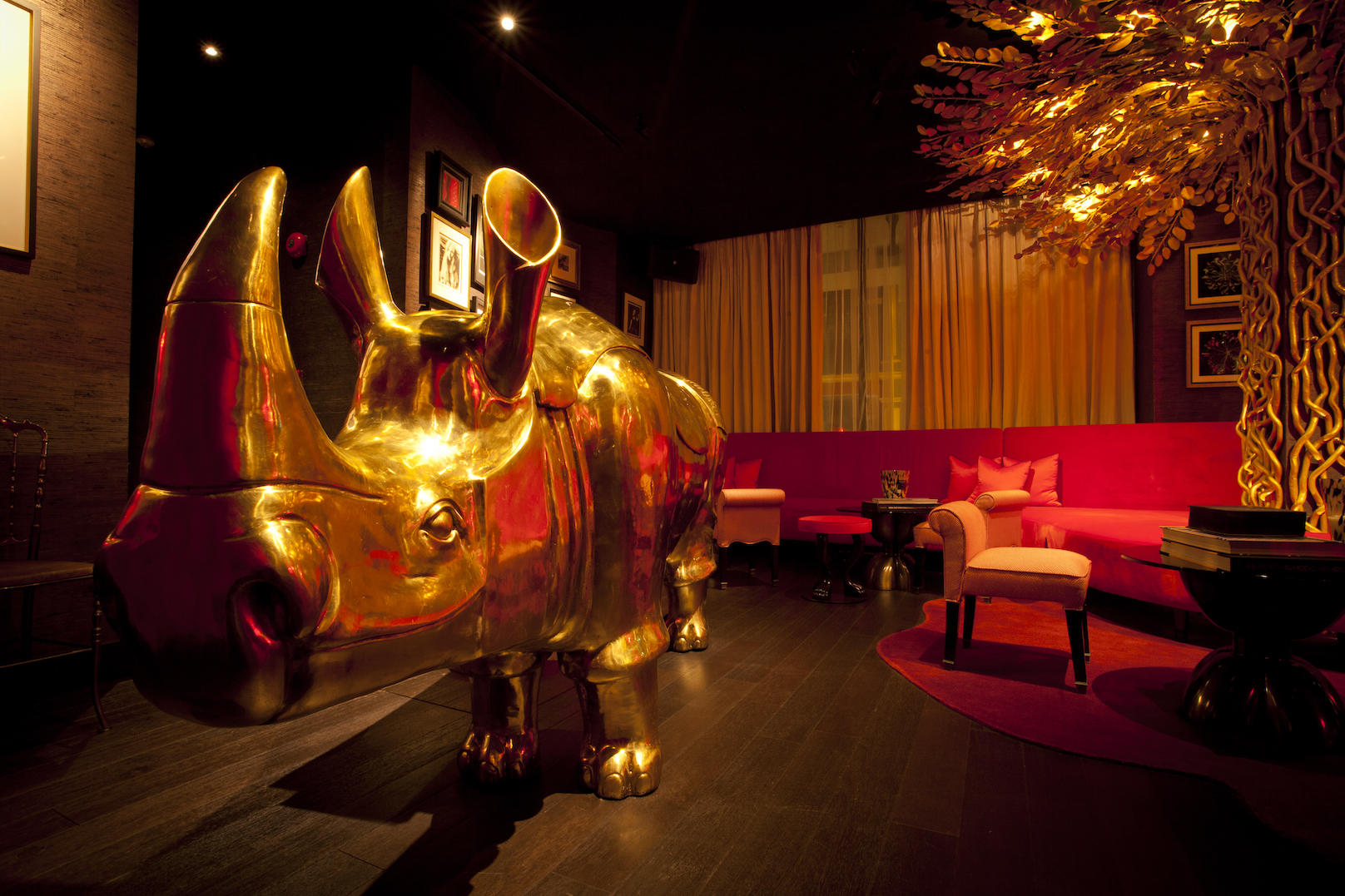
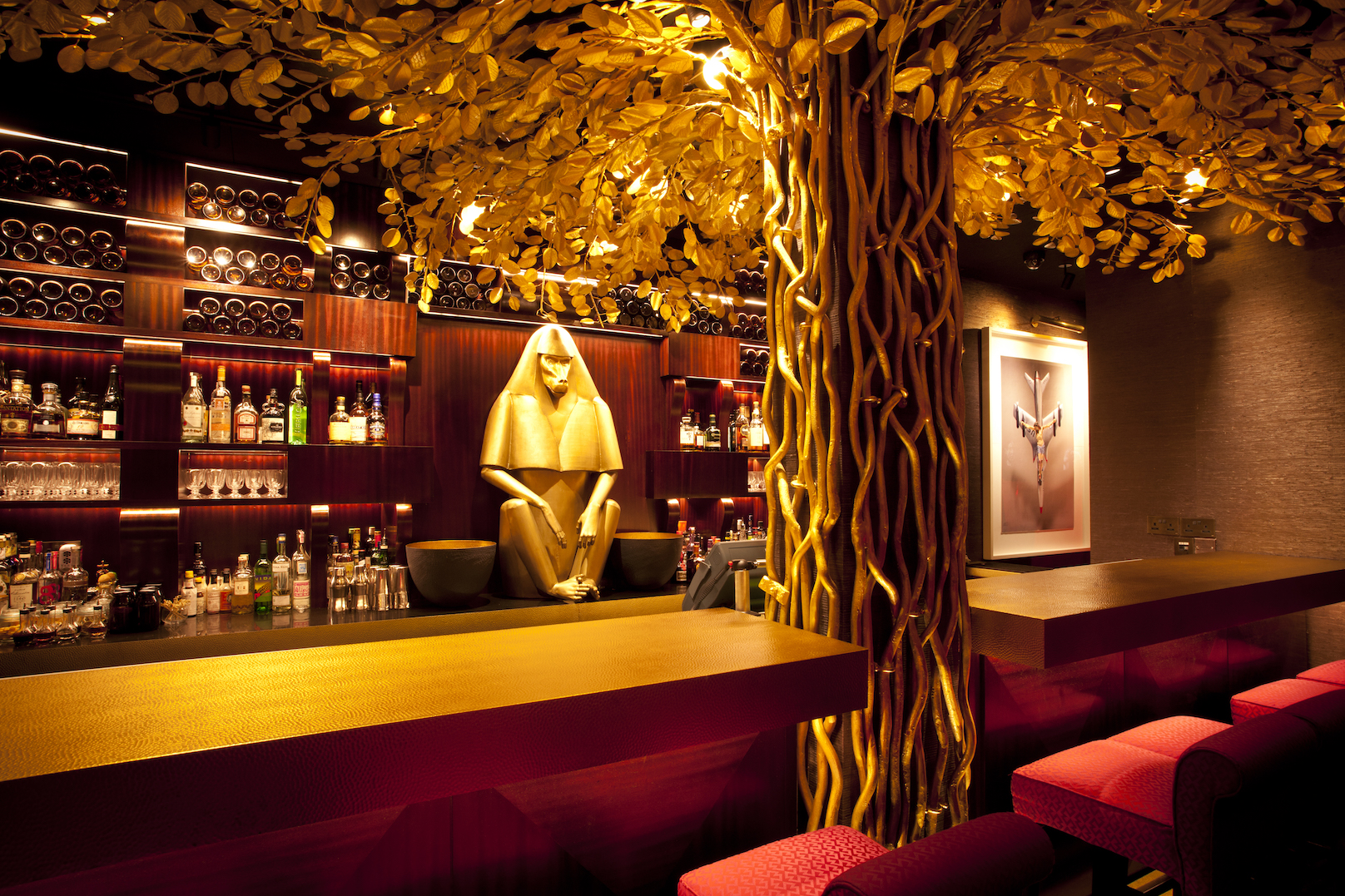

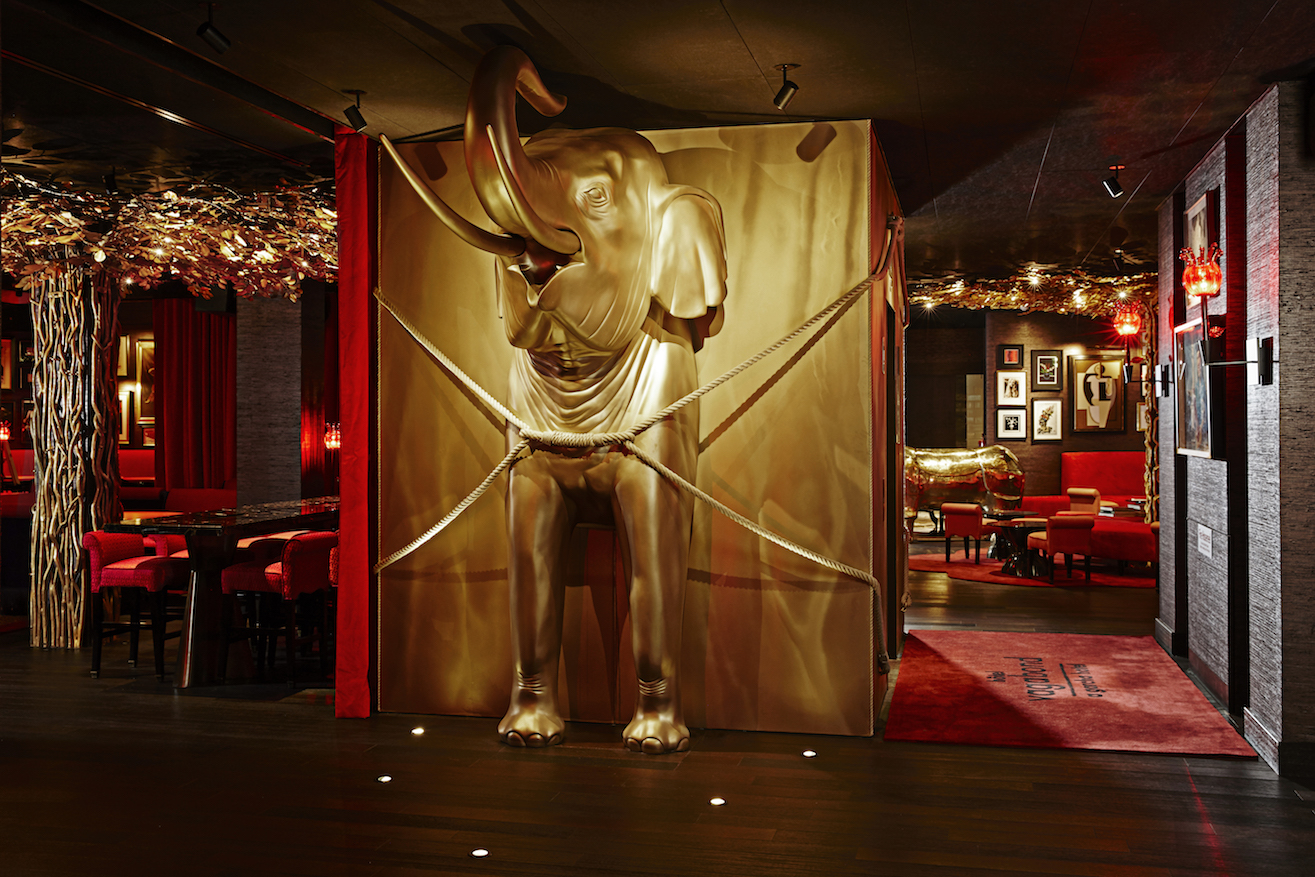
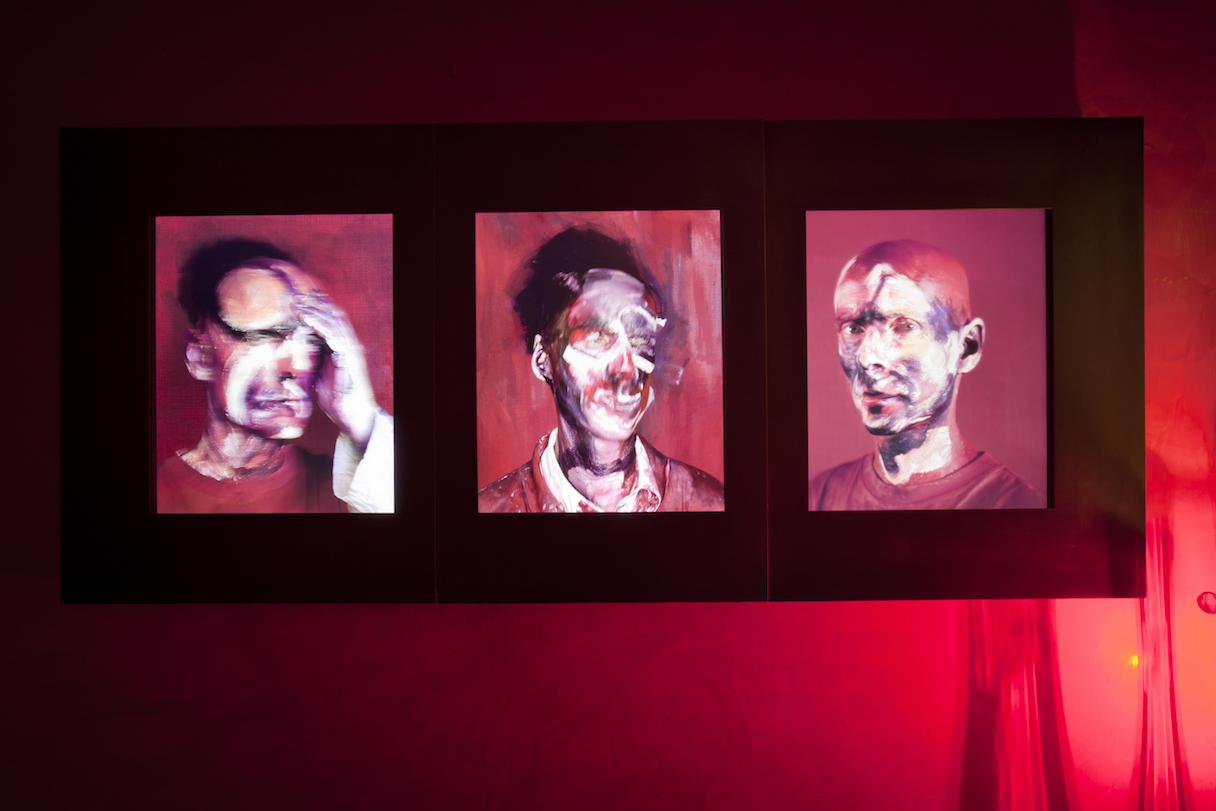
My trip to Singapore was made possible by Singapore Airlines, Singapore Tourism Board, Hotel Vagabond and my wallet. Views expressed are my own.

